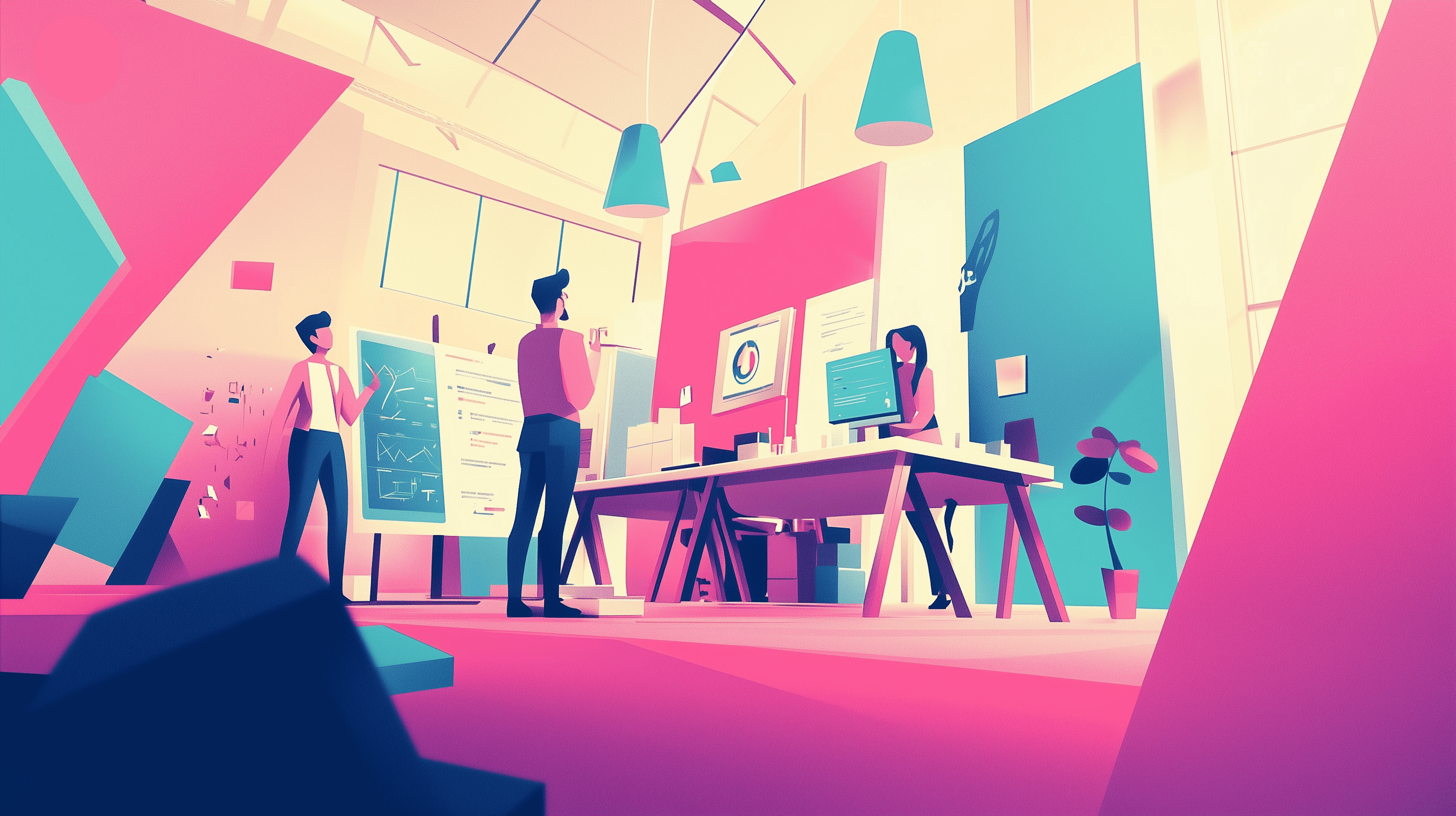How to break the cycle of bad brainstorming
Does this situation sound familiar? Your team keeps running into the same recurring problems. You bring everyone together for a brainstorm, generate a list of ideas, and ultimately go with the one that sounds the most promising – perhaps proposed by the loudest voice or most senior person in the room. But despite best efforts, the solution doesn’t work out. The problem persists, morale takes a hit, and the cycle repeats.
If so, one way to help avoid this is to apply some of the well-worn practices of design thinking, which may sound like common sense, but are still not common practice.
Design thinking is a term that has come in and out of fashion, but regardless of whether you love or hate it, it has some eternal lessons that can help overcome the perils of the brainstorming road to nowhere.
Why traditional problem-solving often fails
➡️ Assumptions over evidence: Often, we make decisions according to what seems like the best solution, relying on our assumptions or past experiences, without evidence that they will actually work in practice.
➡️ No deep understanding of the problem: The solutions aren’t always grounded in real-world needs and customer observations. Instead they are shaped by what we’ve assumed to be the problem, using the (often incomplete) data we have available.
➡️ The loudest voice wins: When only certain people in the room have a voice, valuable insights and perspectives get lost.
When the cycle keeps repeating itself – and the problem remains unsolved – people lose faith. It becomes frustrating for the team, ideas start to feel stale, and morale drops.
Top tips for breaking the cycle
In businesses and organisations, we are very rarely solving problems for ourselves. Most often, we are solving the problem for other people. These are usually our customers or the end users of the services and products we provide.
This is where those design thinking practices can help transform outcomes. Rather than relying on assumptions, hierarchy, or conventional methods which lead us to getting stuck, instead we can put ‘people’ at the heart of our problem solving. This is much more likely to lead to a breakthrough and success.
Here are some top tips our team have pulled together from their design thinking experience, to help you get unstuck when you next try to solve a problem.
➡️ Empathy over assumptions: Start by listening to the people facing the problem. What do they care about? Anything that surprises you? Are there adaptations or workarounds they are already using?
➡️ Hidden opportunities: Ask “Why is this happening?” and explore whether there could be new opportunities we haven’t considered.
➡️ Brainstorm with ‘insiders’ AND ‘outsiders’: Try inviting people with diverse backgrounds and experiences to a brainstorm to get fresh perspectives. Share context on the problem and your insights so far, then give people space to be creative. You can always refine ideas at the prototyping stage.
➡️ Rapid prototyping: Rather than committing to one solution before testing it, design thinking encourages quick experiments and prototypes on a range of solutions. You can then test and refine these based on feedback.
➡️ Iterative learning: When things don’t work, it’s not a failure – it’s an opportunity to learn, adjust, and refine ideas. Design thinking embraces an iterative mindset, where testing and improving are part of the process.

Is your business stuck in a cycle of brainstorming a narrow set of ultimately unsuccessful solutions?
Applying design thinking practices will give your team a powerful way to reframe how they approach problems, provoke fresh thinking and spark creativity.
We specialise in helping businesses break out of this cycle by embedding design thinking methods into their processes. Through strategic innovation projects and design thinking training, we help organisations like yours solve complex challenges by putting the people you serve at the heart of your ideas.


